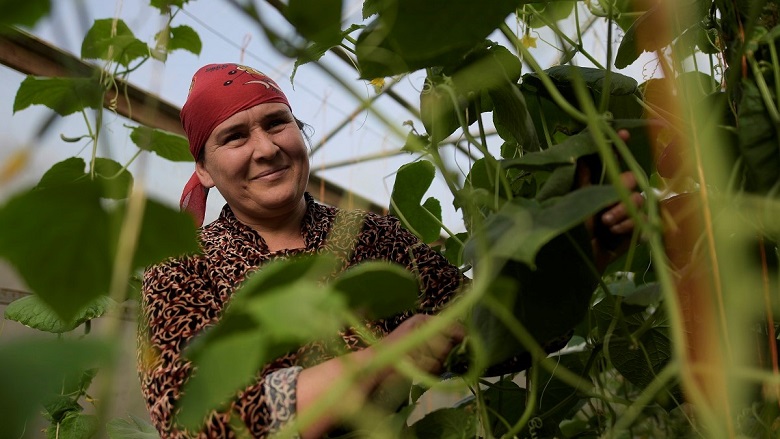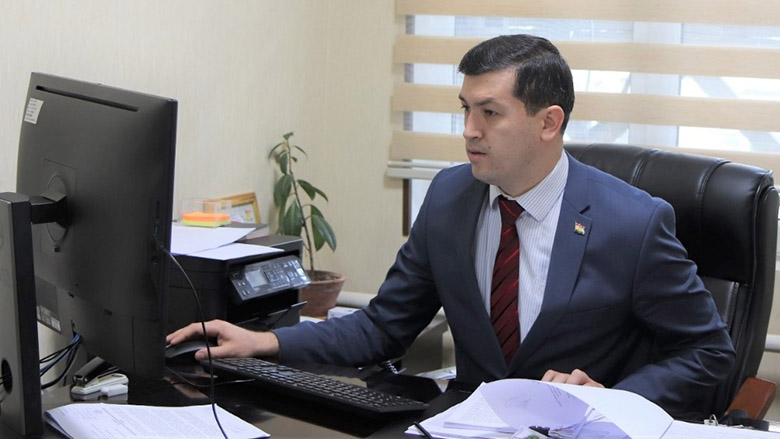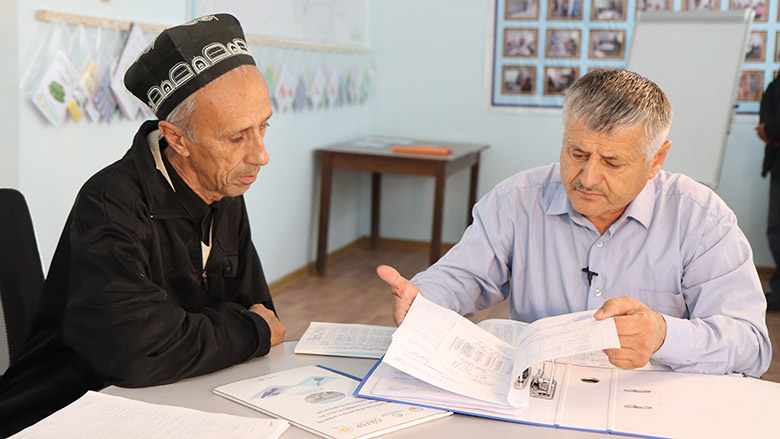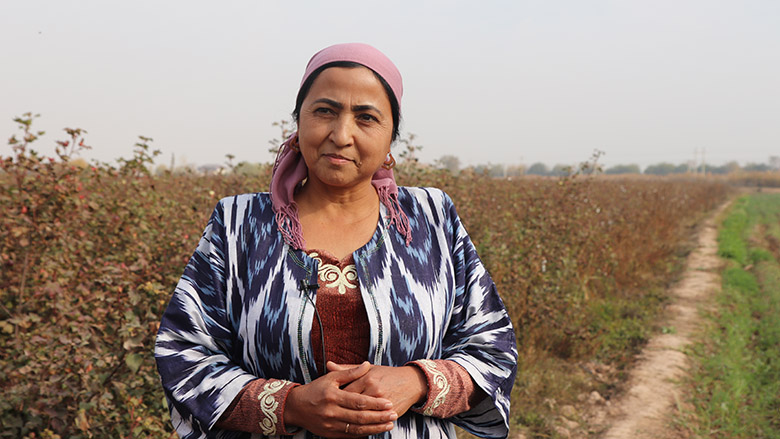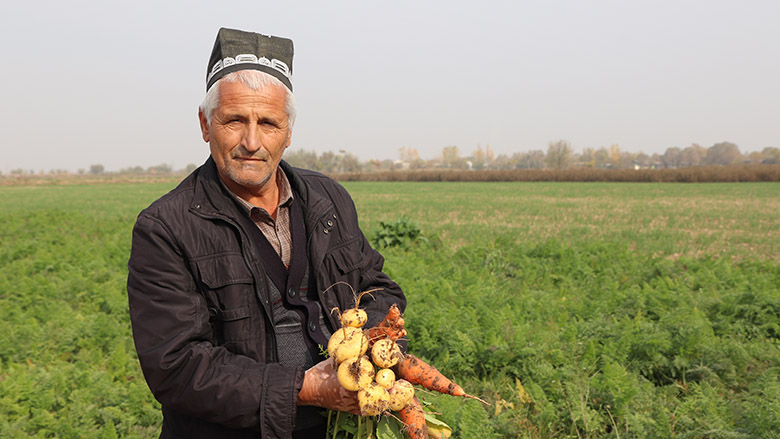Located on the western tip of the Himalayas, Tajikistan has abundant freshwater resources in its rivers, lakes, and glaciers. Water plays a critical role in Tajikistan’s socio-economic development, especially in irrigated agriculture, hydropower generation, and human capital.
Irrigated agriculture is critical for food security and for rural livelihoods. More than 90 percent of agriculture production in Tajikistan is from irrigated lands and over half the workforce is engaged in the agriculture sector, contributing to almost 20 percent of GDP. However, the value of output produced per cubic meter of irrigation water remains very low, resulting in food insecurity and stressed water resources for many rural communities.
These challenges are exacerbated by rapid population and economic growth. Additionally, increasing climate change risks are posing challenges to meeting water demand, especially for crops, further increasing the urgency for reform in the water sector.
The Second Public Employment for Sustainable Agriculture and Water Management Project (PAMP II) supported the Government of Tajikistan in improving water resource management at local, basin and national levels, and in increasing crop yields through improved irrigation management. Key to improved irrigation was rehabilitation of irrigation and drainage infrastructure and support to Water Users Associations, which are community-based organizations linking farmers with irrigation service provider.
“Reform in the irrigation sector is urgent for us,” explains Kurbonzoda Abdullo, First Deputy Head of the Agency on Land Reclamation and Irrigation. “The old system heavily relied on the Soviet collective farm structure and, when it fell apart, suddenly nobody was responsible for local infrastructure and service delivery.”
The project focused on the Kofarnihon River basin, especially the lower basin in the southern Khatlon oblast, which borders Afghanistan. At the institutional level, the project established a River Basin Organization and fragmented district-level irrigation departments were merged into a single irrigation unit for the entire sub-basin.
